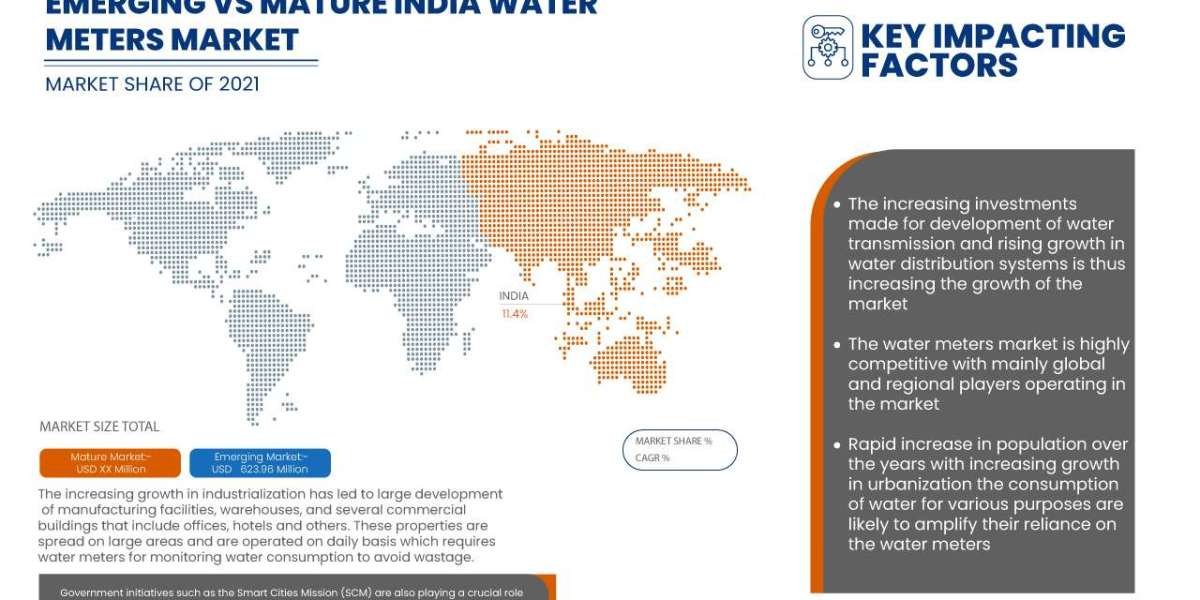The protease market has gained significant traction in recent years owing to the growing applications across food processing, pharmaceuticals, textiles, and detergent industries. As a crucial proteolytic enzyme, protease plays a vital role in breaking down proteins into peptides and amino acids. With a rising shift toward enzyme-based processing and sustainable alternatives, the demand for protease continues to escalate.
Monitoring the Protease price trend is essential for stakeholders across sectors to make informed procurement and investment decisions. From industrial buyers and suppliers to manufacturers and investors, tracking the cost fluctuations of protease is a critical business function. This comprehensive article explores the recent protease market dynamics, historical trends, forecasts, and regional insights, supported by market intelligence databases and analytics.
Latest Market Insights: Protease Overview
Protease, also known as peptidase or proteinase, is widely utilized in industrial and biochemical applications. It is primarily sourced through microbial fermentation and used extensively in food and beverage processing, especially for protein modification and flavor enhancement. Additionally, it finds significant usage in pharmaceuticals (therapeutic enzyme formulations), animal feed (digestive aids), detergents, and leather processing.
The global protease market is witnessing sustained growth, supported by increasing awareness of enzyme benefits, technological advancements in enzyme engineering, and the shift towards eco-friendly industrial processing methods. The market landscape is being shaped by growing industrial demand, supply chain developments, and price volatility of raw materials used in fermentation processes.
Protease Price Trend: Market Analysis
Tracking the Protease price trend involves understanding the dynamics that influence the cost trajectory of the enzyme over various time periods. Price movements in the global protease market are influenced by multiple macro and microeconomic factors, including:
- Raw material availability and cost (corn steep liquor, glucose, etc.)
- Energy and utility prices affecting fermentation facilities
- Geographic sourcing challenges
- Shifts in demand from the food, feed, and pharmaceutical industries
- Export-import regulations and trade policies
- Technological advancements in enzyme production and purification
In recent months, the global market has experienced mild-to-moderate price fluctuations due to changes in upstream raw material supply, transportation logistics, and manufacturing bottlenecks in major producing countries. However, rising demand from end-use sectors, especially in Asia-Pacific and North America, is likely to maintain upward pricing pressure in the near future.
Historical Data & Forecasts
Based on detailed historical analysis, the protease market has seen periodic surges and dips over the last five years. Historical pricing data shows a cyclical trend, with prices rising during times of heightened demand in the food and detergent sectors and dipping during periods of supply surplus or reduced industrial activity.
Advanced forecasting models project moderate growth in protease prices over the next few quarters, influenced by increasing downstream demand and potential disruptions in global logistics. Market analysts forecast a strong upward trend in the medium term, especially in emerging markets where industrial enzyme adoption is on the rise.
Historical pricing trends also indicate region-specific price variations due to localized production costs, regulatory factors, and supply chain efficiencies.
Regional Insights & Price Analysis
North America
The North American market has remained relatively stable, with the U.S. leading in consumption and production of microbial protease. Domestic demand is fueled by pharmaceutical innovations and food processing technologies, particularly in alternative protein industries. The protease price trend in this region is influenced by R&D intensity and government funding for enzyme biotechnology.
Europe
Europe exhibits a well-regulated enzyme market, with Germany, France, and the Netherlands as key players. Prices here are moderately higher due to strict compliance with environmental norms and advanced fermentation technologies. The push for green chemistry is also enhancing the protease market’s value proposition across various sectors.
Asia-Pacific
Asia-Pacific is the fastest-growing region in the protease market, led by India, China, and Southeast Asian economies. Low-cost manufacturing, coupled with rising industrialization and demand from the food and feed sectors, is driving regional growth. However, price volatility is common due to supply chain inconsistencies and raw material price swings.
Latin America & MEA
These regions are emerging as potential growth frontiers, with increased protease usage in agriculture, feed, and textile industries. However, limited local production capacity and reliance on imports often result in price variability and longer lead times.
Protease Price Chart and Database
Access to a reliable protease price database is vital for companies to track real-time and historical price data, evaluate market positions, and build cost-efficient procurement strategies. These databases offer granular insights through:
- Real-time spot prices and contract pricing
- Historical pricing trends with monthly/quarterly/yearly comparisons
- Export and import price benchmarks
- Price change alerts for strategic planning
A protease price chart provides a visual representation of the enzyme’s pricing trajectory across various timeframes. It highlights key inflection points caused by geopolitical disruptions, seasonal demand shifts, or regulatory changes.
Procurement Resource & Supply Chain Overview
For businesses dependent on protease, engaging a reliable procurement resource is indispensable. These resources offer strategic support in vendor negotiations, supply chain mapping, risk mitigation, and cost optimization. With the enzyme being sensitive to storage and transport conditions, procurement planning must consider factors like shelf life, batch consistency, and logistics infrastructure.
Top enzyme producers often collaborate with specialized procurement service providers to ensure consistent supply, compliance with quality standards, and competitive pricing. Advanced analytics from procurement resources can also offer projections based on supply chain performance and market demand-supply equations.
Request for the Real-Time Prices : https://www.procurementresource.com/resource-center/protease-price-trends/pricerequest
Market News and Developments
Recent developments in the global enzyme market are further influencing the protease price trend:
- Expansion of bio-fermentation facilities in Southeast Asia aimed at reducing dependency on Western enzyme imports.
- Growing collaborations between pharmaceutical companies and enzyme biotech firms to develop protease inhibitors and therapeutic agents.
- Surging demand in plant-based meat and dairy alternatives increasing the need for specialized proteases.
- Government initiatives promoting bio-based alternatives to chemical processing in the textile and leather industries.
These market activities directly or indirectly affect pricing, particularly through shifts in supply chain strategies, changes in raw material sourcing, and enhancements in production technology.
Industrial Applications Driving Demand
The demand for protease is closely tied to its industrial versatility. Key sectors include:
- Food Industry: Protein hydrolysis for flavor development, tenderizing meat, dairy processing.
- Pharmaceuticals: Use in wound debridement, inflammation control, and protease inhibitors.
- Detergents: Enzyme-based formulations for stain removal.
- Animal Feed: Digestibility improvement and nutrient absorption.
- Leather and Textile: Eco-friendly degreasing and softening agents.
With each sector expanding, the consumption of protease is expected to grow proportionately, adding new layers to pricing complexity and procurement planning.
Contact Information
Company Name: Procurement Resource
Contact Person: Ashish Sharma (Sales Representative)
Email: sales@procurementresource.com
Location: 30 North Gould Street, Sheridan, WY 82801, USA
Phone:
UK: +44 7537171117
USA: +1 307 363 1045
Asia-Pacific (APAC): +91 8850629517



